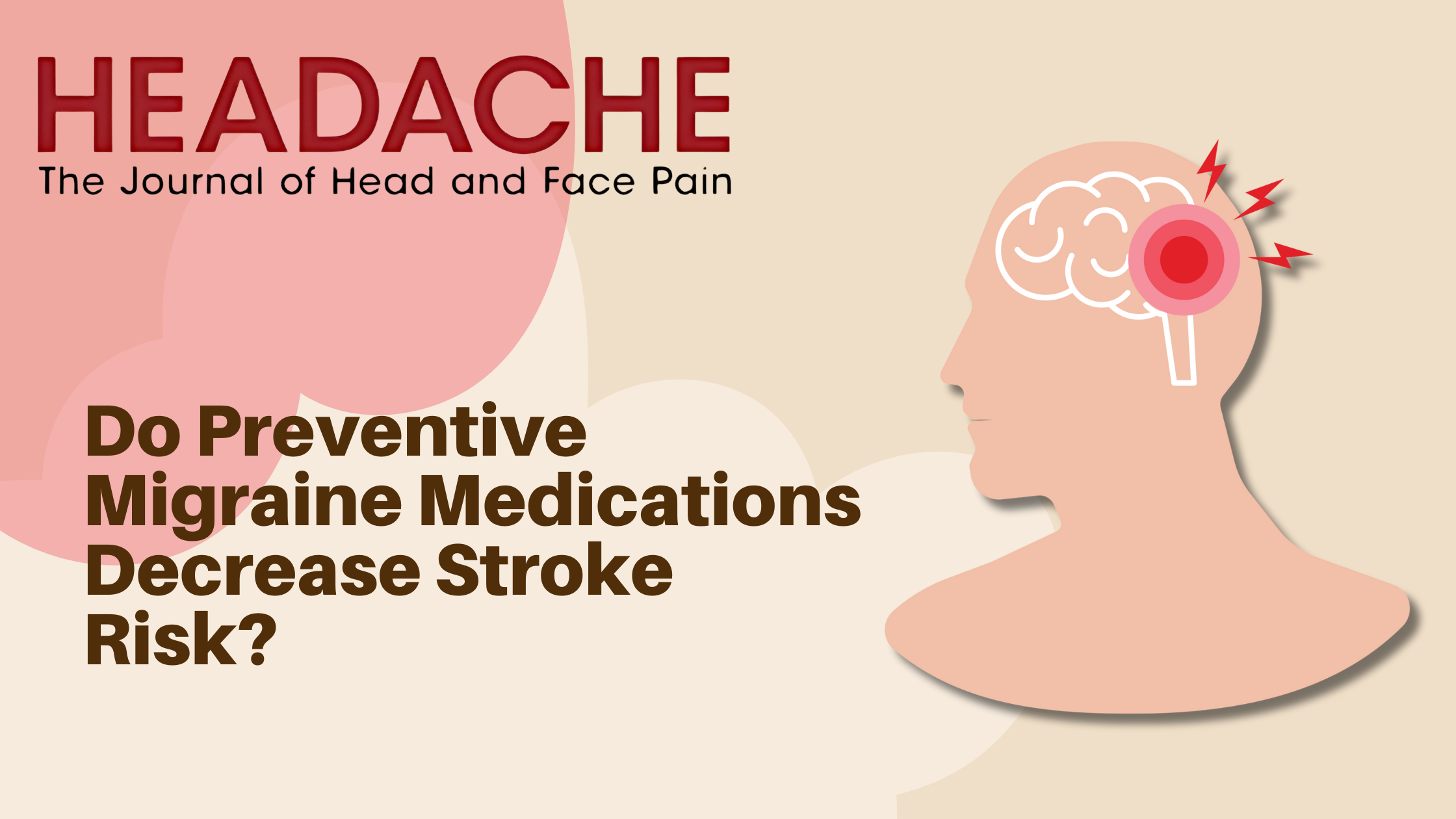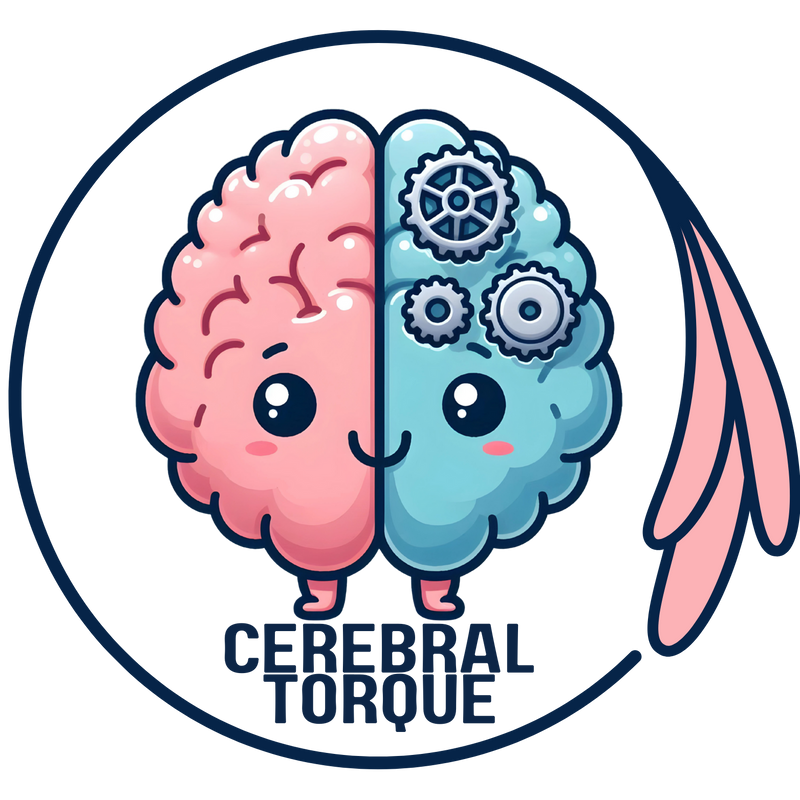Do Migraine Treatments Reduce Stroke Risk?
Posted on February 16 2025,

Propranolol Reduces Stroke Risk in Women with Migraine
A recent study published in Headache: The Journal of Head and Face Pain analyzed data from around 22,000 patients across two major medical databases. The data showed that propranolol significantly reduced stroke risk in women with migraine, especially those without aura.
We have known that people who get migraine, particularly women, have a higher risk of strokes, so researchers decided to look at whether any of the common migraine medications might help prevent strokes.
Medications Studied
They investigated these five common migraine prophylactic medications:
- Valproate
- Topiramate
- Metoprolol
- Timolol
- Propranolol
Some of these medications actually have previously shown conflicting evidence regarding stroke risk in other studies.
Previous Conflicting Evidence
- Metoprolol: Some studies have linked it to increased risk of stroke and all-cause mortality
- Valproate: Previous studies have shown mixed results, with some indicating increased stroke risk and others suggesting potential reduction
The researchers excluded patients who had been on multiple first-line medications simultaneously, focusing on the effects of each medication individually. This was done to avoid confounding effects from combination therapy.
Key Findings
In the Vanderbilt University Medical Center (VUMC) database, women taking propranolol showed a 45% reduction in stroke risk, while the All of Us Research Program database showed a 59% reduction. After a decade of follow-up, only 0.9% of women taking propranolol experienced a stroke, compared to 2-3.3% in the control group.
Important Finding
This protective effect was particularly apparent in women with migraine without aura, suggesting that propranolol's benefits may vary based on migraine subtype.
Why Only Women?
Interestingly, men did not seem to benefit from this reduced stroke risk due to propranolol. While there may be physiological reasons (estrogen, which modulates vascular tone and improves endothelial function, may work synergistically with propranolol's β-blocking properties to decrease stroke risk) and pharmacokinetic reasons (female patients exhibit higher peak plasma levels and greater area under the plasma concentration-time curve for propranolol compared to males), it may also be due to sample size.
According to the authors, "The smaller number of male patients with migraine in this study could have limited the statistical power to detect significant associations in males."
Why Only Propranolol?
The next question to follow would be the oddity that there are other beta blockers that were studied, but only propranolol seemed to lower stroke risk. What could be the reason for this?
1. Non-selective beta-blocking: Propranolol is a non-selective beta-blocker, while metoprolol is selective for β1 receptors. This means propranolol has broader effects on both β1 and β2 receptors.
However, this is only true for metoprolol as timolol is also a non-selective beta-blocker. Is it due to the small sample size of timolol and it would have had a statistically significant impact on stroke risk otherwise? Unfortunately, we do not know the answer to this. However, a property exclusive to propranolol from that list of beta blockers is lipid solubility.
2. Superior lipid solubility: Propranolol has higher lipid solubility compared to other beta blockers, which allows it to cross the blood-brain barrier more effectively. This means it can have direct effects on the central nervous system that other beta blockers may not achieve.
Study Summary
So, to reiterate, the key findings of this study are:
Key Study Results
- Propranolol reduced stroke risk in women by about 45-60%
- This protection lasted for at least 10 years
- It worked especially well in women who had migraines without aura
- These results showed up consistently in both databases
More studies are needed to confirm these findings and to determine the underlying mechanisms as it may lead to more targeted treatment strategies for migraine patients based on their specific risk profiles and migraine characteristics.
Mon, Nov 17, 25
Migraine Research - During the week of my absence.
Migraine Research - During the week of my absence. The Association Between Insomnia and Migraine Disability and Quality of Life This study examined how insomnia severity relates to migraine disability...
Read MoreSat, Nov 01, 25
Anti-CGRP Monoclonal Antibody Migraine Treatment: Super-Responders and Absolute Responders and When to Expect Results
Anti-CGRP monoclonal antibodies achieved 70% super-response and 23% complete migraine freedom in a one-year study. Most dramatic improvements occurred after 6 months of treatment. For patients with chronic or high-frequency...
Read MoreAll Non-Invasive Neuromodulation Devices for Migraine Treatment
Wondering if migraine devices actually work? This guide breaks down the latest evidence on non-invasive neuromodulation devices like Cefaly, Nerivio, and gammaCore. Learn which devices have solid research backing them,...
Read More



